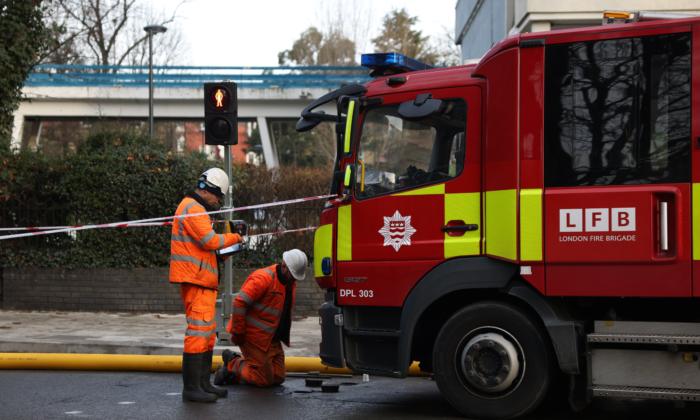Britain’s police forces are ineffective in their handling of digital forensics, causing “unacceptable” delays and exposing victims to “unnecessary risks,” a police watchdog has said.
In its latest report, His Majesty’s Inspectorate of Constabulary and Fire & Rescue Services (HMICFRS) examined how effective the police are at capturing evidence from digital devices, including smartphones and computers.
Inspectors from the service concluded that UK police forces do not have a clear understanding of digital forensics and are overwhelmed with a backlog of more than 25,000 devices waiting to be examined.
They found that this has led to huge delays in examining electronic devices, with knock-on effects on the prosecutions of offenders and the well-being of victims.
Matt Parr, His Majesty’s inspector of constabulary, said: “The rapid emergence of a digital society has created a huge opportunity for police to gather new types of evidence and identify criminals. But in our inspection, we didn’t see enough examples of policing making effective and efficient use of digital forensics.”
‘Unreasonable Delays’
The report said that “evidence generated by digital forensics can be persuasive and is routinely considered as a main line of enquiry by investigators and prosecutors,” but the UK police service “hasn’t kept pace with the scale of the challenges they face.”It added: “In some cases, we found that the police simply didn’t understand what digital forensics meant. We found a national backlog of over 25,000 devices waiting to be examined. This didn’t include all the devices likely to be in the system.”
The delays in the examination of devices slow down the criminal justice process and “adversely affect the quality of investigations,” the inspectors said, adding: “Any undue or unreasonable delays have the potential to expose the public, victims, and the force to unnecessary risks.”
In one case, digital evidence relating to child abuse was recovered months after submission as it had been graded as “low priority.”
In another example, there was an offence of indecency involving children and the suspect lived close to several schools. But the relevant digital evidence was not examined five months after submission, despite the suspect being on bail and considered high risk.
Even more alarmingly, high-risk offenders have been released without any bail restrictions in some cases, as magistrates refused to extend bail despite delays in examining the digital evidence.
‘Postcode Lottery’
The inspectorate said victims face a postcode lottery with the service they receive, with some forces starting digital forensic examinations within weeks of a crime being reported, while others took 18 months to begin capturing evidence in a similar case.Parr said the performance of different police forces can vary significantly. “Some forces are showing promise, and we did see examples of good practice. But we found little evidence of this good practice being more widely shared and adopted by others.”
“There is an enormous gulf in performance that cannot continue—it is unacceptable that victims in some force areas receive a significantly better service than others,” he said.
According to the report, delays caused by digital examinations have become a contributory factor to victims losing faith in the criminal justice system and withdrawing their support for a prosecution.
It said: “We were told by many investigators throughout this inspection that delays in digital forensic services undermined their investigations and affected the relationship with victims. And there were numerous examples of victims who, because of delays, disengaged with the criminal justice process altogether.”
HMICFRS made a series of recommendations to improve digital forensics, including appointing a national digital forensics policing lead, increasing the number of dedicated, competent, and trained digital media investigators, and a Home Office review into the digital forensics budget.
‘Serious Challenge’
The National Police Chiefs’ Council (NPCC) lead for digital forensics, Deputy Chief Constable Paul Gibson, welcomed the report’s findings.“Today, virtually every crime has a digital element, often involving vast amounts of complex data,” he said. “This presents policing with a serious challenge. We recognise this, and the need to do more, and are taking action.”
He cited the NPCC’s Digital Forensic Science Strategy, published in July 2020, which laid out “a road map for improving the provision and use of digital forensics across law enforcement.”
He said police chiefs have delivered a range of mobile frontline digital forensic tools to enable forces to “take technology to victims of rape,” including mobile digital forensic vans and specialist digital equipment.
“This initiative means we can provide a more sensitive service to victims, give investigators faster and more proportionate access to the right digital evidence, and enable them to return devices more quickly,” he said.





